UPDATE: BluePearl Pet Hospital and VCA Animal Hospitals Stop Buying Blood From TVBB
Update (April 2, 2024): After hearing from tens of thousands of PETA supporters, BluePearl Pet Hospital and VCA Animal Hospitals—two veterinary chains that bought blood from The Veterinarians’ Blood Bank (TVBB)—confirmed that they are no longer purchasing blood products from TVBB. 🥳
Update (February 7, 2024): After an undercover PETA investigation found that animals at The Veterinarians’ Blood Bank (TVBB) were elderly, emaciated, sick, and being denied adequate veterinary care, the Indiana State Board of Animal Health confirmed many of our findings. During inspections of TVBB’s dog and cat facilities, a state veterinarian noted that animals, including seniors, were bled more frequently and at well past the age limit set by blood banking and transfusion safety standards. She found dogs kept in rusty kennels without bedding as well as cats with eye discharge and serious dental issues, and every dog whose teeth she examined had “moderate to severe” dental disease.
Update (January 25, 2024): After hearing from PETA and thousands of supporters like you about the suffering and lifelong confinement of hundreds of animals at The Veterinarians’ Blood Bank, PetVet Care Centers dropped the crude operation as a supplier of blood products to its veterinary hospitals.
Original post:
A PETA undercover investigation into The Veterinarians’ Blood Bank (TVBB)—an operation in Indiana that keeps nearly 900 dogs and cats trapped in barren kennels and crowded pens and sells their blood to veterinary clinics—found that workers there took blood from elderly, emaciated, and sick animals. 😨 Many of the animals were born and bred at the facility, but TVBB got some of them as strays or through ads seeking a good home for them.
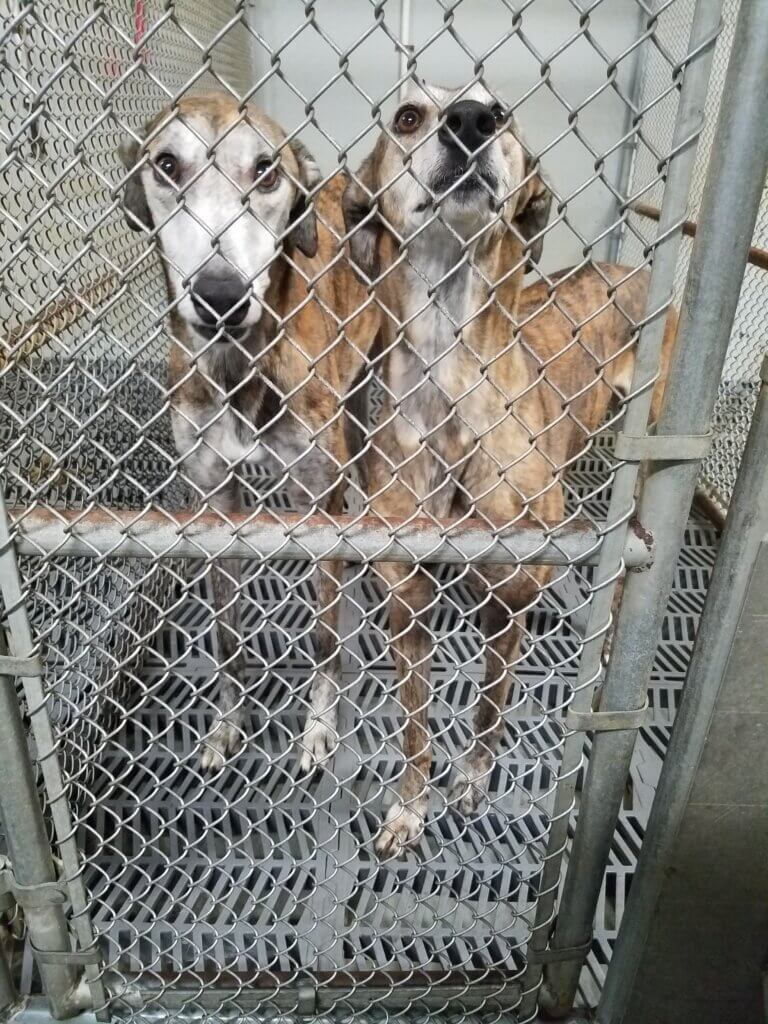
TVBB says that blood from these animals is sold to several major veterinary hospital chains across the U.S. Help us get those chains to rethink any relationship they have with this company—countless animals could be saved!
Animals ‘Just Stay Here Until They Die’
At two shady spots off quiet Indiana roads, TVBB keeps approximately 360 dogs and more than 500 cats in bleak kennels. Many of them were born at these facilities, which purposely bred them so that their blood could be taken repeatedly and sold to veterinary clinics around the country.
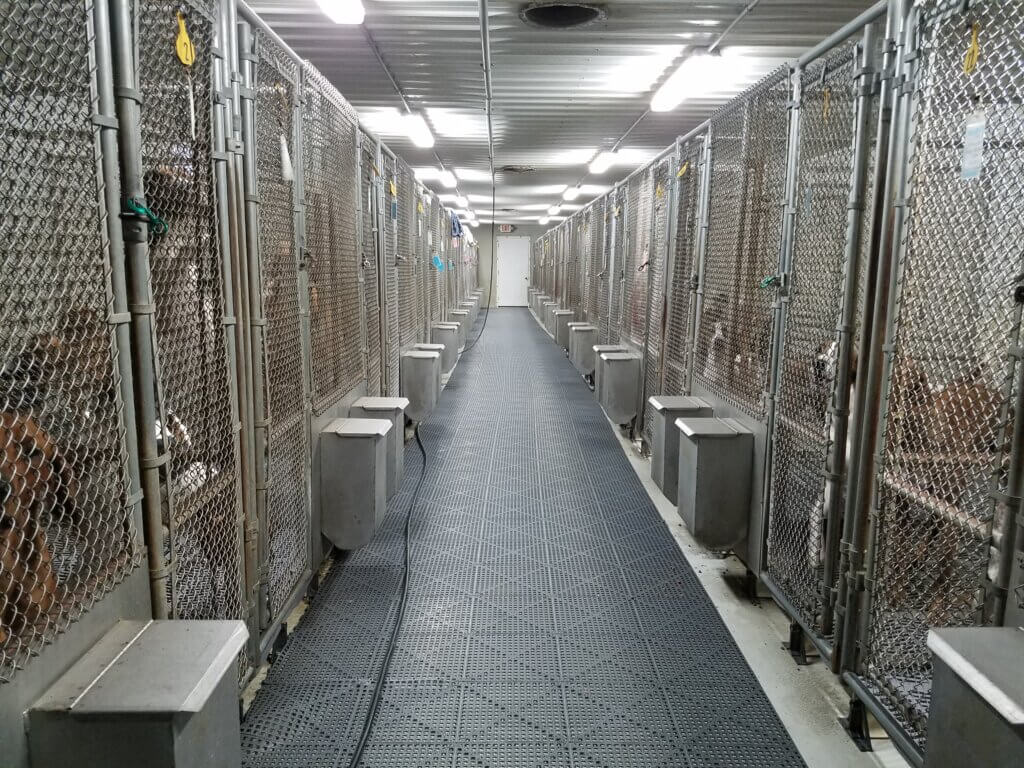
Most animals at the facility stay there for life, never enjoying a loving home filled with happiness, affection, and everything else that’s natural and important to them. 😢
Even animals “retired” from blood draws— like the elderly cats in a pen that workers called the “stairway to heaven” 😡 —remained at the facility. Although he was no longer being used for his blood, Squiggy, the oldest dog at TVBB at 15 years old, was kenneled until he was “actively dying.” He was later euthanized without ever experiencing life in a real home or knowing a loving fam.
A TVBB worker also explained that cats who were too small to use for blood would “just stay here until they die.”
No Quiet, No Comfort, No Escape
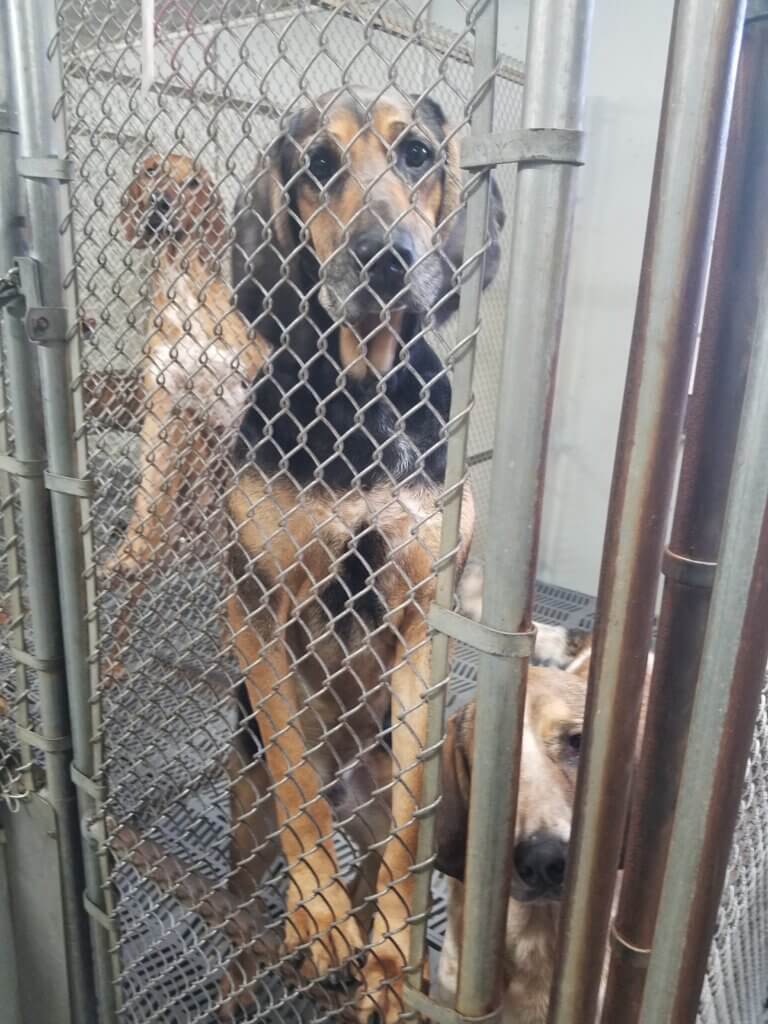
PETA’s investigation revealed that TVBB kept dogs in tiny, barren kennels for more than 23 hours a day. The sounds inside these kennels were deafeningly loud. The dogs could only go outside in concrete “play yards” while workers cleaned, but they didn’t go outside at all on Sundays, when nobody was scheduled to clean. 😰 🐶 Many dogs had pressure sores and growths from having to lie on grated plastic floors—often with no bedding or even a comfy resting platform—day after day.
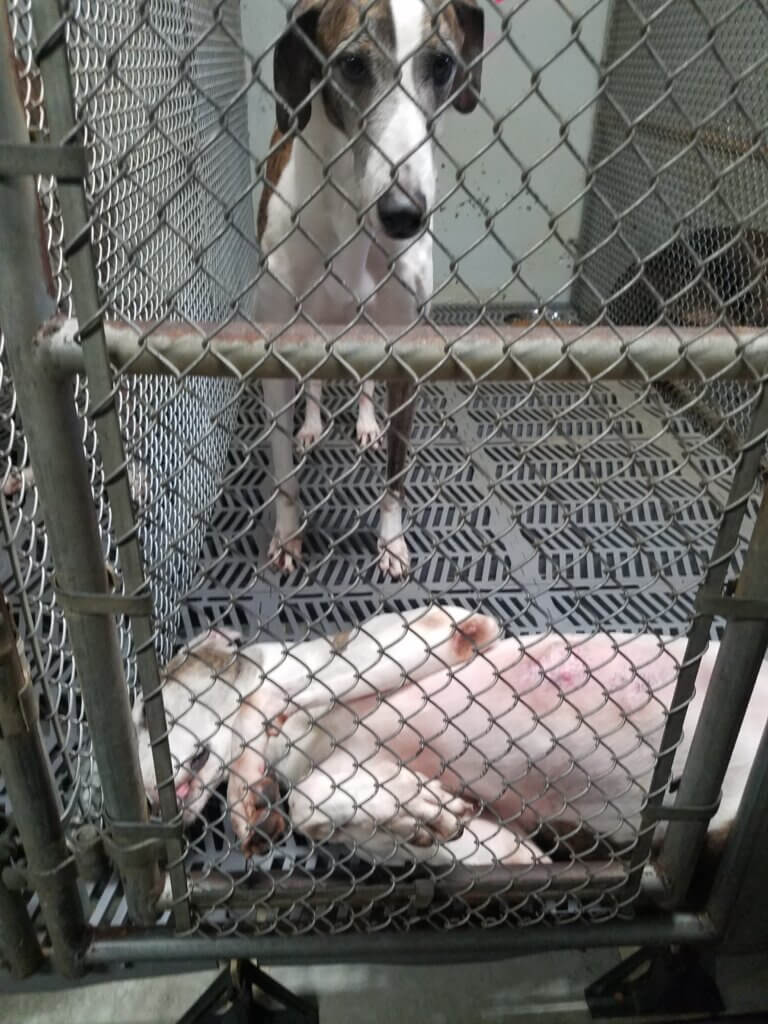
The facility crowded cats into groups of up to 30 in pens without enough hiding places or enrichment—just a cardboard box, some milk crates, and a few ping-pong balls here and there. The cats had to compete for access to food, water, perches, and plastic kiddie pools of litter, which weren’t even scooped on weekends. 😿
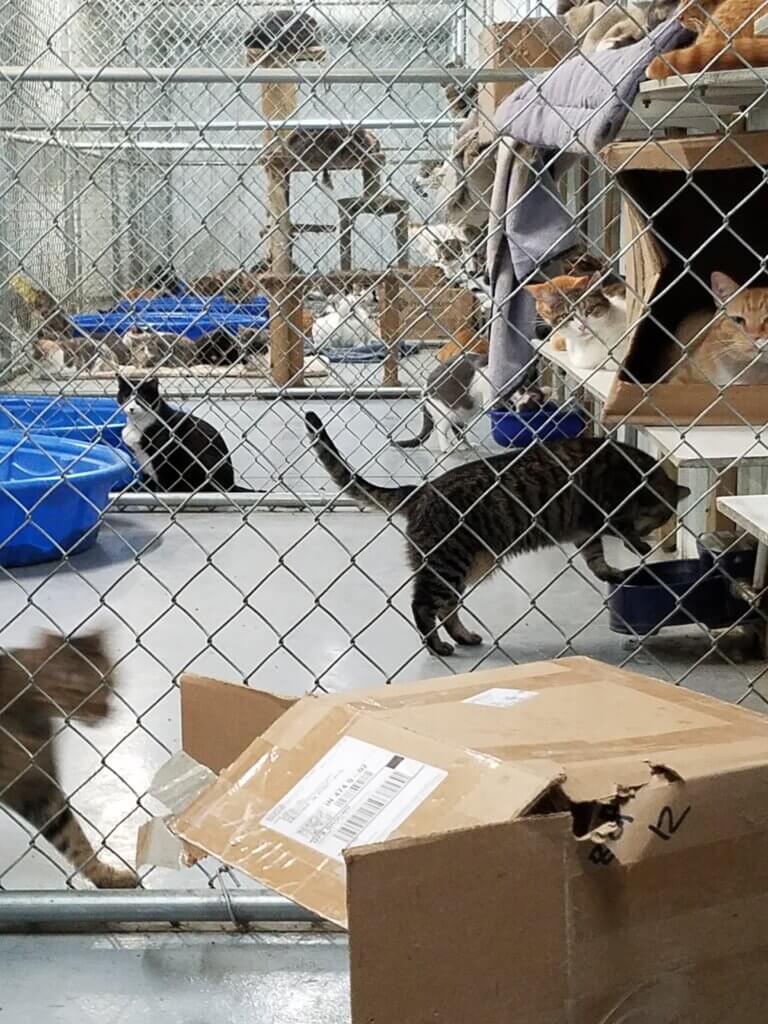
With no relief from their frustration and loneliness, cats climbed the walls and dogs barked continuously.
Due to the stressful conditions, some dogs ended up fighting. Howard was attacked at least three times by his kennelmate before the two dogs were finally separated. After fighting with Parker, Clara needed staples for a wound on her leg. 😱 One dog’s fight wounds became infected, and another dog lost weight. In both cases, their blood was still taken for sale.
‘Where You Get [Them] From Is Not My Business’
TVBB breeds puppies and kittens so that their blood can be taken for their entire lives—usually a decade or more—and then sold. A worker explained that they started drawing puppies’ blood when the dogs were only 6 months old. 🥺
While TVBB says it’s a “closed colony,” many animals at the facility came from random sources. Just look at these messed-up examples:
- A worker brought in her neighbor’s unwanted dog and a puppy she couldn’t find a home for.
- A manager asked PETA’s investigator if they knew of “no-kill” shelters that might give dogs to the facility.
- A manager offered and apparently paid workers $200 for each cat they brought in to be used for blood, saying, “Where you get [them] from is not my business.” She said that she got other cats through online ads looking for homes, offering to give them a “good home.” 😤 Workers even gave the facility their cats and brought in strays.
Newly arrived cats were kept in an outdoor shed and sometimes tested positive for contagious diseases—but they would still eventually be used for blood. After a worker brought in kittens she had reportedly found on Facebook, one died—apparently without receiving veterinary care. 😭
Sick Animals’ Blood Bound for Dying Animals
Animals who need blood transfusions are usually critically ill or injured—they need healthy, uncontaminated blood. But blood purchased from TVBB may have been taken from animals who were sick, injured, elderly, or medicated—risking the well-being of both the “donor” and the recipient animals.
Two greyhounds, Franklin and Baxter, were apparently diagnosed with bone cancer, but staff kept drawing both dogs’ blood, including just eight days before Baxter was found dead in a kennel. Workers also drew blood from animals who suffered from seizures and others who were on pain medication, antibiotics, and thyroid supplements. 🤔
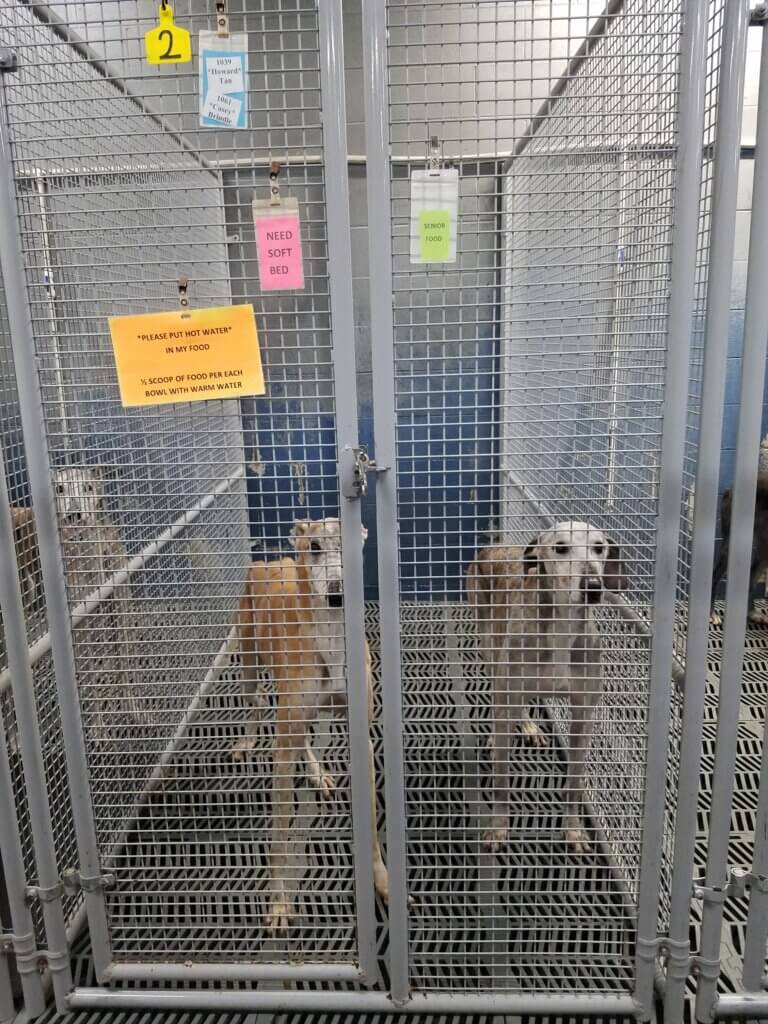
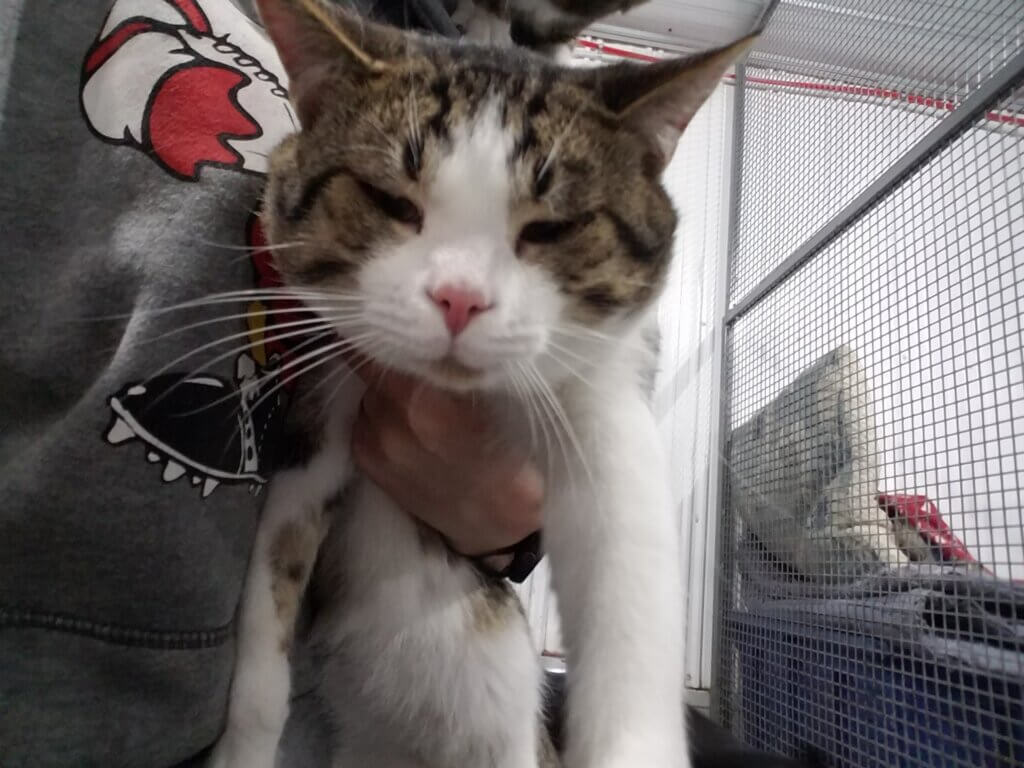
A manager told workers to draw blood from Cox, a cat with a chronic ear infection who stopped breathing under anesthesia, and Chelsea, a cat who had lost more than 10% of her bodyweight in three weeks. Workers also drew blood from cats who had nasal mucus and chronic upper respiratory symptoms—including those who were kept in what was called the “sneezy, snotty pen,” which had dried nasal discharge built up on the walls. 🤢
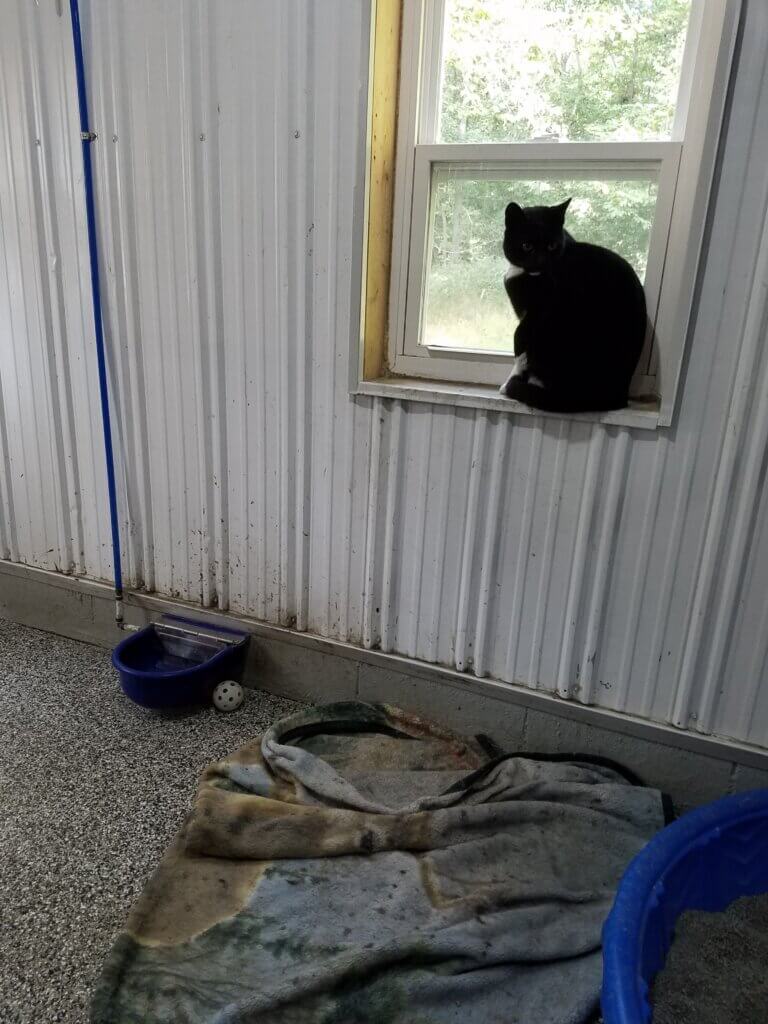
Animals Bled From Cradle to Grave
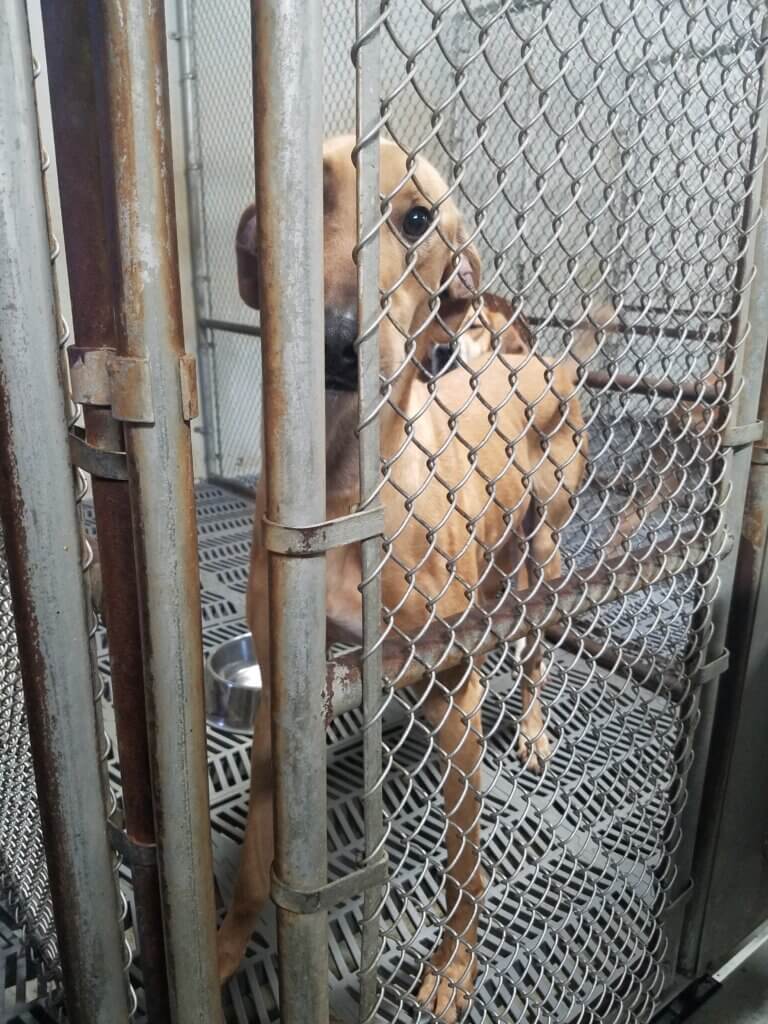
Workers draw about 15 ounces of blood from dogs and 2 ounces from cats approximately every three weeks. That’s like taking a pint of blood that a human might donate during a blood drive every two months. 🤯 Just like in humans, taking this much blood leaves dogs and cats feeling tired and nauseated. Imagine being kept in a tiny prison cell and having a pint of blood taken from you every three weeks for your entire life.
Animal blood-banking guidelines say that dogs and cats used for blood for transfusions should be no more than 8 years old to protect their health as well as the health of the animals getting their blood. But at TVBB, there was no set age limit for animals to be “retired” from blood draws. Ofc. 😒
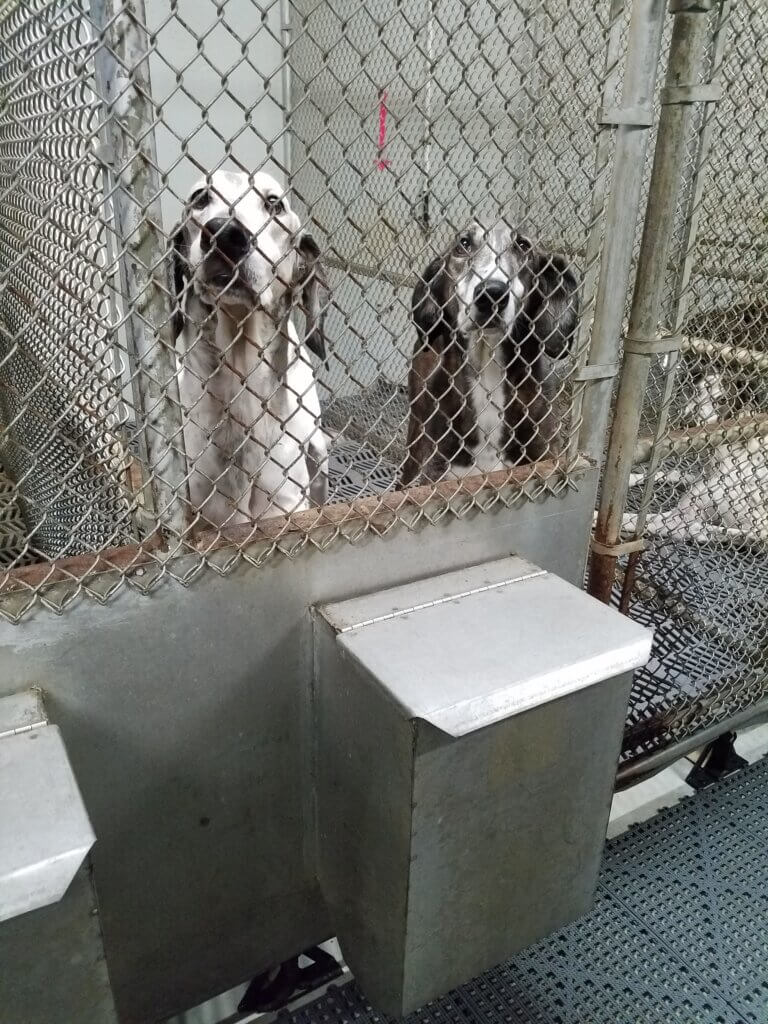
Workers took blood from Sheldon—an extremely thin 12-year-old greyhound with weak back legs—just 17 days before he was euthanized. Blood was also taken for sale from Dorothy, a 12-year-old greyhound, just 15 days before she was found trembling, unable to sit up, and screaming in pain. Workers also took blood from old, frail dogs who had open wounds and large growths.
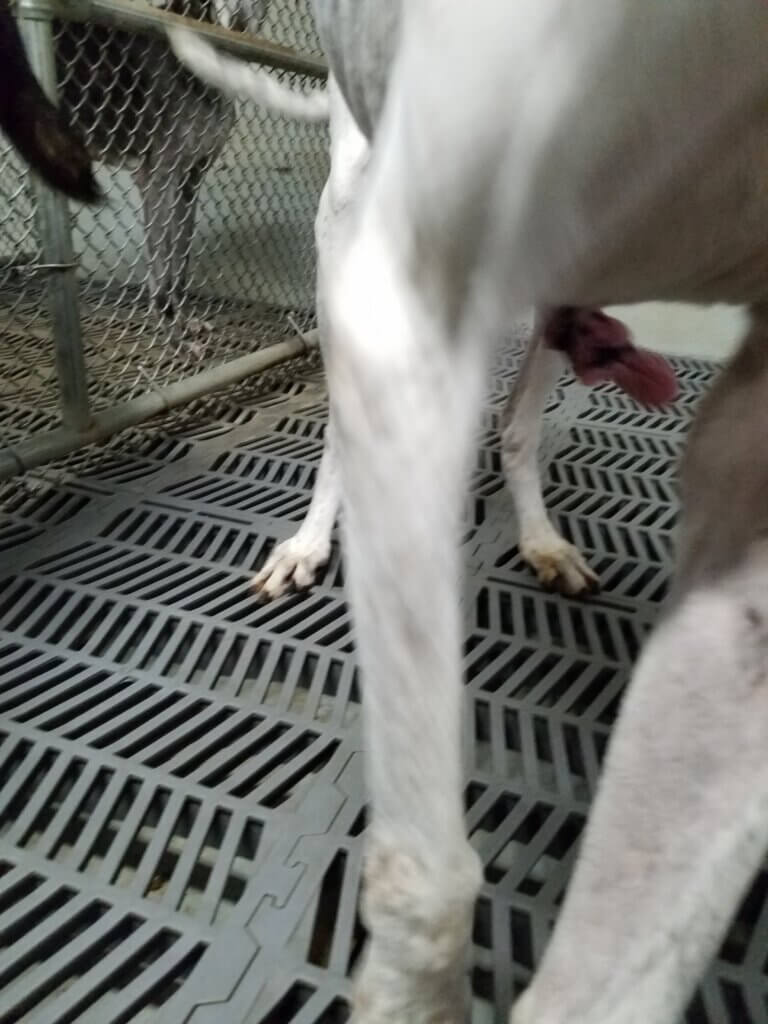
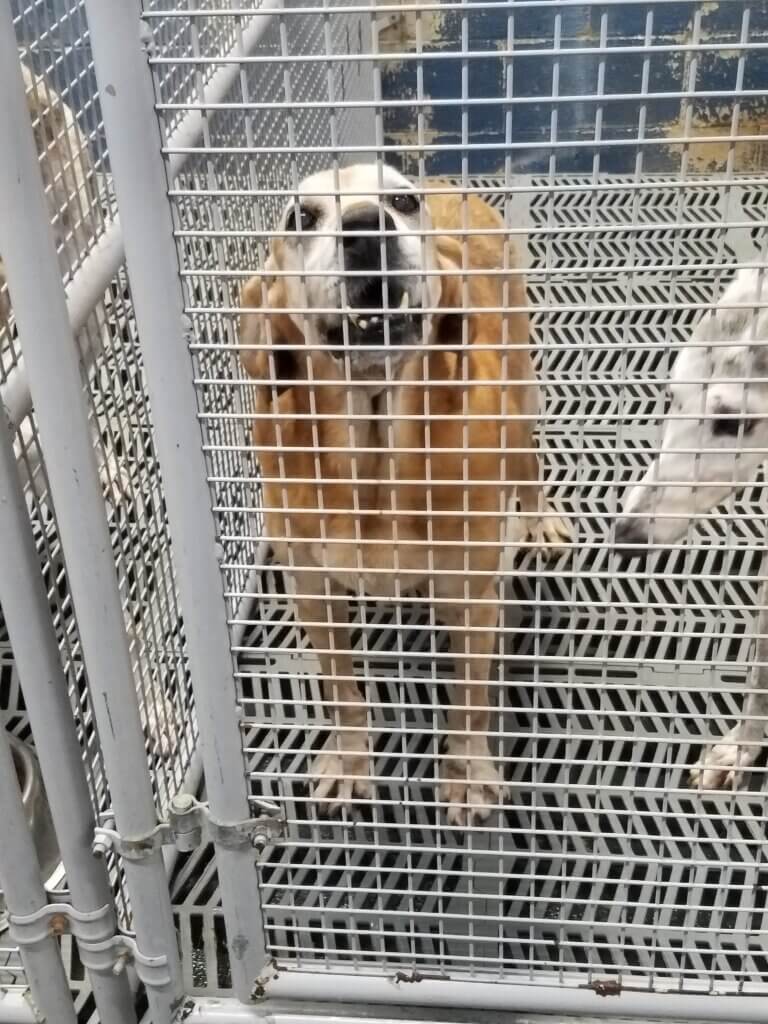
Even when dogs were “retired,” TVBB kept warehousing them. PETA’s investigator adopted Kolbie, a 12-year-old “retired” hound who was born at the facility and endured what a worker called a “horrible” and “gruesome” debarking surgery—a method used by the blood bank’s owners to keep the dogs quiet.
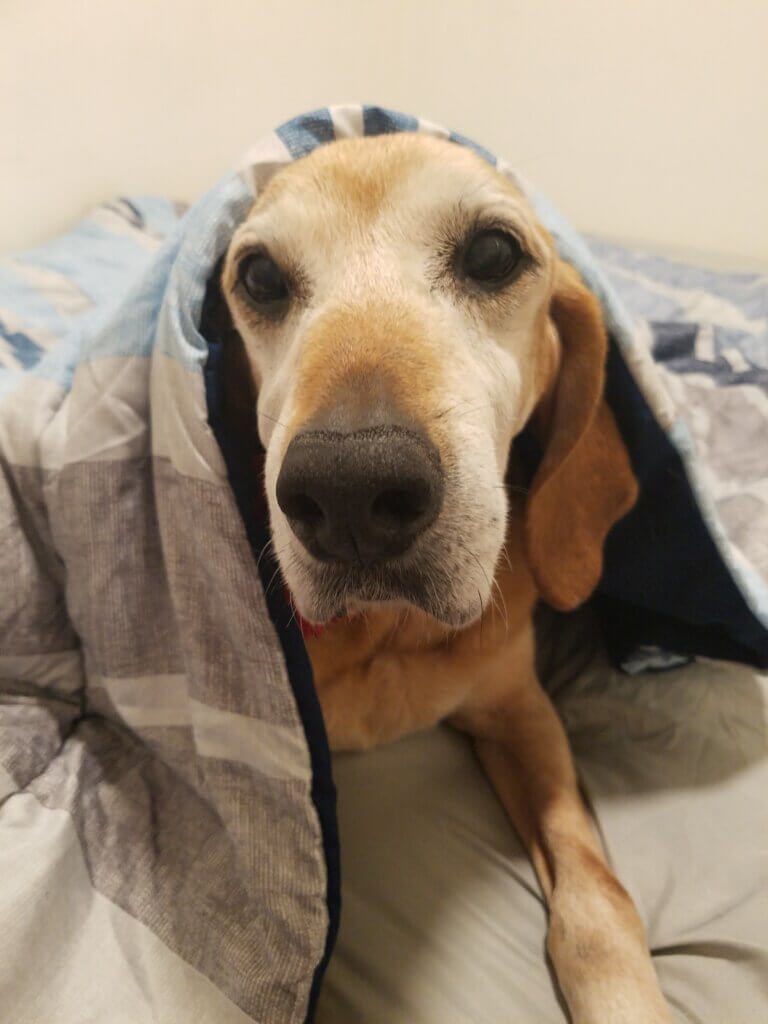
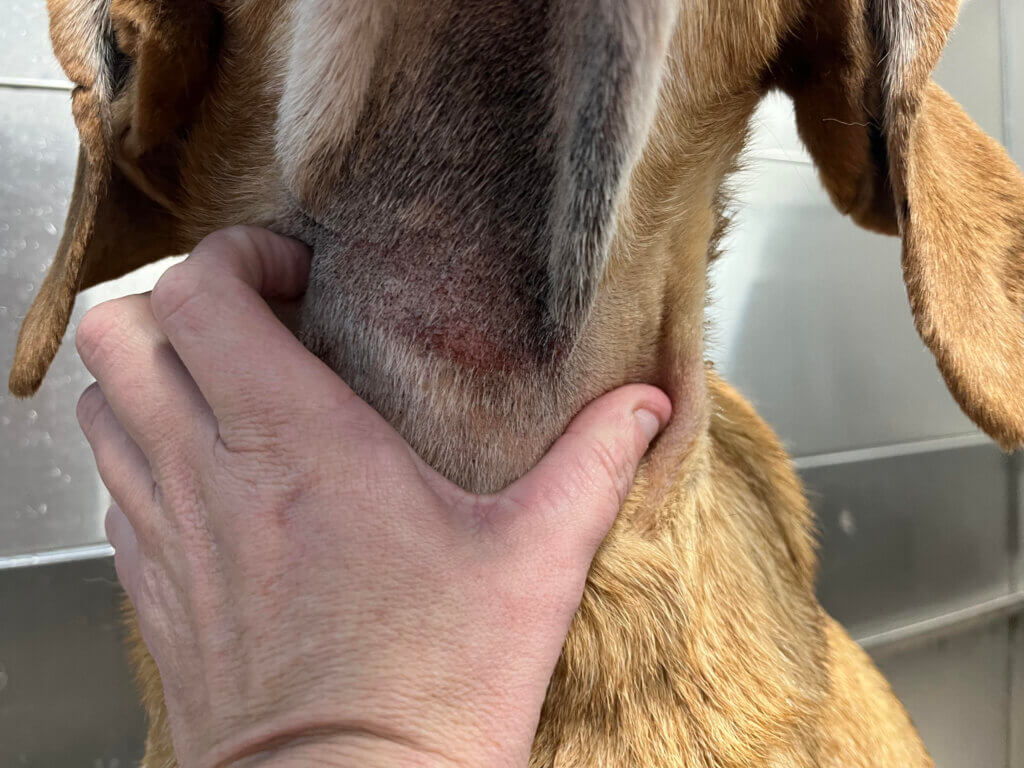
Where Are the Veterinarians at The Veterinarians’ Blood Bank?
Try to make sense of this: TVBB has the word “veterinarians” in its name and is owned by two veterinarians—yet there wasn’t a veterinarian present in the facility on most days. 🤦 The one who occasionally came in typically only stayed for 30 minutes, and it was sometimes unclear whether he even examined sick animals.
Workers at the facilities, who had no veterinary credentials, performed “dentals” and even pulled dogs’ teeth out. One worker even pulled out eight blackened teeth from a dog named Foster, who struggled to breathe under anesthesia, without veterinary supervision. Others with no veterinary licensure gave vaccines, put animals under anesthesia, stitched wounds, and more. 😲 Major sus vibes.
Three Cats Freed, Thanks to PETA’s Intrepid Investigator
Although a manager had said that Fox—a “retired” 13-year-old cat with bloody diarrhea—had “been going down a lot,” the animal apparently didn’t get a professional veterinary exam or treatment until PETA’s investigator adopted him. After several weeks of intensive care in a loving home with plenty of cozy bedding, he was diagnosed with gastrointestinal cancer and had to be euthanized. 💔
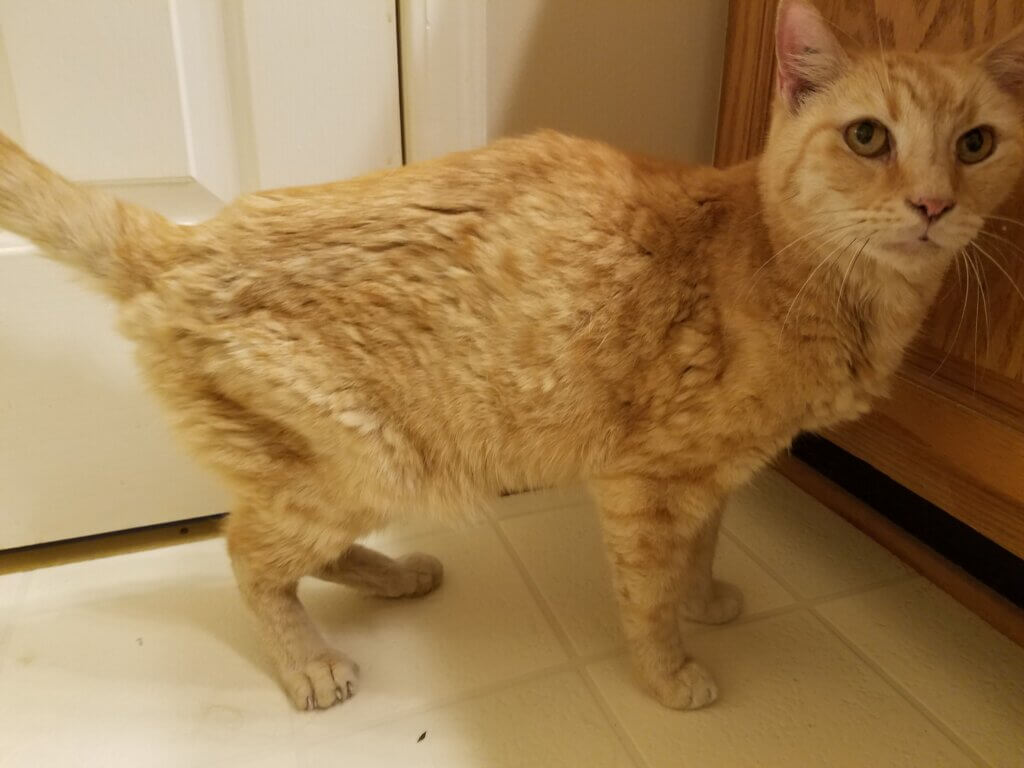
A manager said she planned to leave Jane—a sickly cat whose blood had been drawn for sale less than three weeks earlier—at “a barn out in a field.” The investigator adopted Jane and took her to a veterinarian, who found that her constant nasal congestion and sneezing were due to calicivirus, a highly contagious illness.
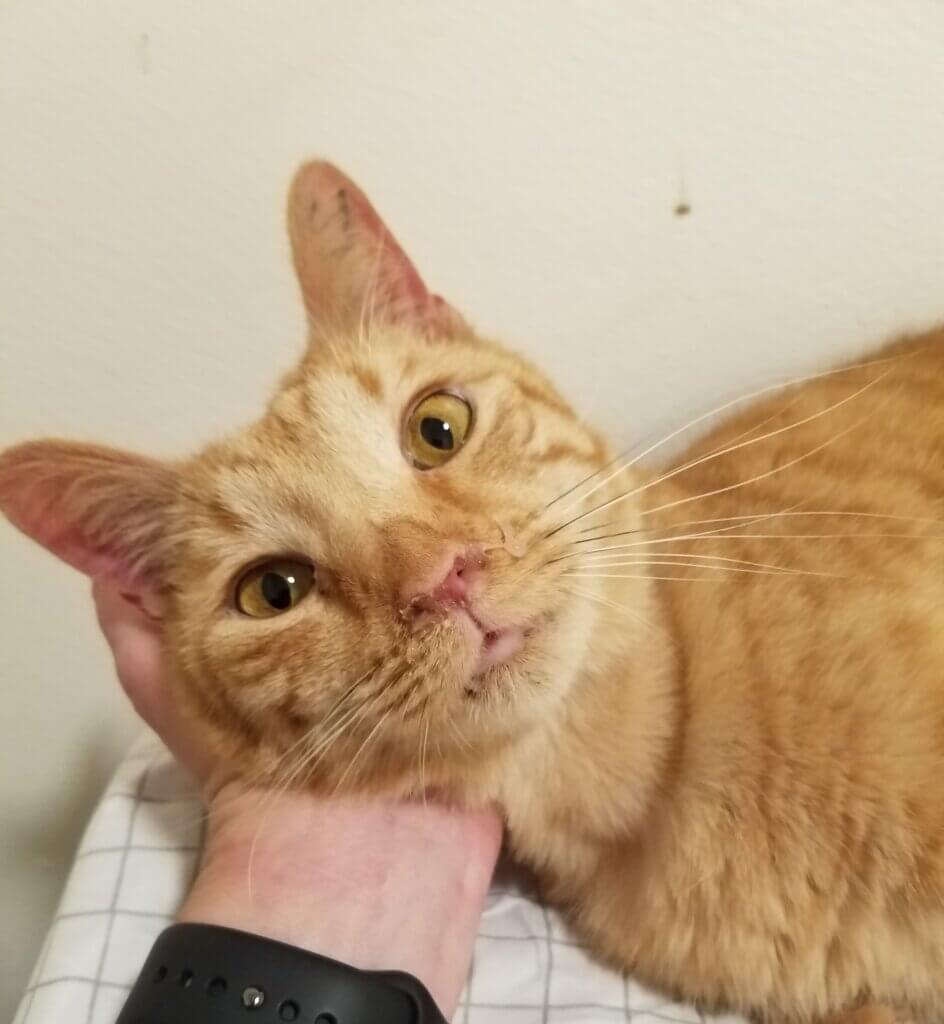
Vivi, a cat who was warehoused even though she was too small to use for blood, cried out in pain from an apparent mouth infection. A manager said the cat needed to have teeth pulled—and that she thought the cat would lose weight “and die” without this care. Despite expressing these concerns for the cat, she refused the investigator’s offer to adopt her. She later admitted that Vivi’s mouth was “still really bad,” even though she had given her a “dental.” Finally, she let the investigator adopt the cat and provide her with the care that she so desperately needed. 😽
You Can Help Dogs and Cats Warehoused for Blood
First, please urge Indiana Gov. Eric Holcomb to help these forgotten, suffering animals.
Next, ask your veterinarian to commit to getting blood only from healthy animals who live in homes as beloved members of a family and are volunteered for periodic blood donations by their guardians.
Finally, ask BluePearl Pet Hospital and VCA Animal Hospitals to confirm that they’ve permanently stopped sourcing blood from TVBB and urge them to implement a policy against sourcing blood from captive animals.
Please send polite comments to:
Nicholas R. Nelson, D.V.M., M.B.A.
President
BluePearl Pet Hospital
nicholas.nelson@bluepearlvet.com
Patty Wu
President
VCA Animal Hospitals
Text peta2 to 30933 for ways to help animals, tips on compassionate living, and more!

Terms for automated texts/calls from peta2: http://peta.vg/txt. Text STOP to end, HELP for more info. Msg/data rates may apply. U.S. only.




